Acne scars can be one of the most frustrating aftermaths of a breakout. Although acne may clear up over time, the Acne Scars Treatment(علاج ندبات حب الشباب) can remain and affect your self-esteem. Fortunately, there are various treatments available to help reduce or eliminate acne scars. Understanding these treatment options is key to achieving clearer, smoother skin. In this article, we will explore the top treatment options for acne scars and how to choose the best one for your skin.
Types of Acne Scars:
Before diving into the treatment options, it’s important to understand the different types of acne scars. Acne scars generally fall into one of two categories: depressed scars (sunken scars) and raised scars. Identifying the type of acne scar you have will help determine the most effective treatment.
Depressed Scars (Indented Scars):
- Ice pick scars: These are deep, narrow scars that look like small holes.
- Boxcar scars: These are round or oval-shaped, with sharp edges and a shallow to moderate depth.
- Rolling scars: These are broad depressions with a sloping edge, creating a wave-like appearance on the skin.
Raised Scars (Hypertrophic or Keloid Scars):
- Hypertrophic scars: Raised, firm, and usually remain within the boundaries of the original acne lesion.
- Keloid scars: These scars extend beyond the original acne area and may continue to grow.
Top Treatment Options for Acne Scars:
There are several effective treatments available to help treat acne scars. Some treatments target the texture of the skin, while others focus on reducing discoloration. Here’s a closer look at the top treatment options.
Laser Treatments:
Laser treatments are a popular option for treating acne scars, as they can address both the texture and pigmentation of the skin. There are two main types of lasers used in treating acne scars:
- Ablative lasers: These lasers remove the top layers of skin to promote collagen production and improve skin texture.
- Non-ablative lasers: These stimulate collagen production without damaging the outer skin layers.
Benefits of Laser Treatments:
- Reduces the appearance of both depressed and raised scars
- Stimulates collagen production for smoother skin
- Minimal downtime for most patients
Comparison of Laser Types for Acne Scars:
| Laser Type | Effectiveness | Downtime | Best For |
|---|---|---|---|
| Ablative Lasers | High | Moderate | Deep scars, skin texture |
| Non-Ablative Lasers | Moderate | Minimal | Shallow scars, pigmentation |
Chemical Peels:
Chemical peels involve applying a solution to the skin that exfoliates the top layers, promoting the growth of new, healthy skin. Chemical peels can help reduce the appearance of shallow scars and discoloration.
Benefits of Chemical Peels:
- Removes the outer layers of skin to reveal smoother skin
- Can be tailored for different skin types and severities of scars
- Works well for pigmentation changes
Microneedling:
Microneedling uses tiny needles to create micro-injuries in the skin, stimulating the body’s healing process. This leads to the production of collagen and elastin, which can help smooth out depressed acne scars.
Benefits of Microneedling:
- Improves skin texture and reduces the depth of scars
- Minimal risk of hyperpigmentation
- Effective for all skin types
Dermal Fillers:
Dermal fillers are used to treat deep, depressed acne scars. The filler is injected beneath the skin to raise the scar to the level of the surrounding skin, creating a smoother surface.
Benefits of Dermal Fillers:
- Immediate results with no downtime
- Effective for deep scars or rolling scars
- Results can last for several months
Subcision:
Subcision is a minor surgical procedure in which a needle is inserted beneath the skin to break up the fibrous tissue that causes depressed scars. This procedure is typically used for ice pick and boxcar scars.
Benefits of Subcision:
- Improves deep scars that are resistant to other treatments
- Stimulates collagen production
- Minimal risk of scarring
Side Effects of Acne Scar Treatments:
While Acne Scars Removal(إزالة ندبات حب الشباب) are generally safe, they can come with some side effects. It’s important to be aware of these potential side effects to make an informed decision.
Common Side Effects of Acne Scar Treatments:
- Redness and swelling: Most treatments cause temporary redness and swelling in the treated area.
- Dryness and flaking: After chemical peels, dryness and peeling are common.
- Hyperpigmentation: Some treatments, especially lasers, may cause temporary darkening of the skin in some people.
- Scarring: Although rare, some patients may experience scarring after treatment, especially if the procedure is not done correctly.
- Infection: If proper aftercare isn’t followed, there is a risk of infection.
Side Effects of Acne Scar Treatments:
| Treatment Type | Common Side Effects | Risk Level |
|---|---|---|
| Laser Treatments | Redness, swelling, pigmentation changes | Low to moderate |
| Chemical Peels | Dryness, flaking, redness | Low |
| Microneedling | Redness, swelling, mild irritation | Low |
| Dermal Fillers | Swelling, bruising, infection risk | Low |
| Subcision | Swelling, bruising, discomfort | Moderate |
Recovery Time After Acne Scar Treatments:
Recovery time varies depending on the type of treatment you choose. Here’s an overview of the expected recovery time for each option.
Recovery Time for Different Treatments:
- Laser treatments: Recovery can take anywhere from a few days to a few weeks, depending on the type of laser used.
- Chemical peels: Recovery typically takes 3-7 days, with peeling occurring in the first few days.
- Microneedling: Most people recover within 24-48 hours, with mild redness that lasts for a few days.
- Dermal fillers: Recovery is immediate for most patients, with minimal swelling or bruising.
- Subcision: Recovery can take 1-2 weeks, with some swelling and bruising initially.
Recovery Time Comparison:
| Treatment Type | Recovery Time | Expected Side Effects |
|---|---|---|
| Laser Treatments | Few days to weeks | Redness, swelling |
| Chemical Peels | 3-7 days | Dryness, peeling |
| Microneedling | 1-2 days | Mild redness |
| Dermal Fillers | Immediate | Swelling, bruising |
| Subcision | 1-2 weeks | Swelling, bruising |
Frequently Asked Questions (FAQs):
What is the best treatment for acne scars?
The best treatment depends on the type and severity of your scars, but lasers, microneedling, and chemical peels are common choices.
Are acne scar treatments permanent?
Results can be long-lasting, but some treatments may require maintenance.
Can acne scars be completely removed?
While treatments can significantly improve the appearance of acne scars, complete removal may not always be possible.
Is laser treatment safe for all skin types?
Laser treatments can be safe for most skin types, but it’s important to consult with a professional to determine the right treatment for your skin.
How long does it take to see results from acne scar treatments?
Results vary, but most people begin to see improvements within a few weeks to a few months after treatment.
Conclusion
In conclusion, there are numerous treatment options available for acne scars, ranging from laser treatments to microneedling and chemical peels. The best choice for you depends on the type and severity of your scars, as well as your skin type. While treatments can significantly improve the appearance of acne scars, it’s important to have realistic expectations and follow proper aftercare to achieve the best results. By consulting with a dermatologist, you can find the treatment that works best for you, ultimately helping you achieve smoother, clearer skin.


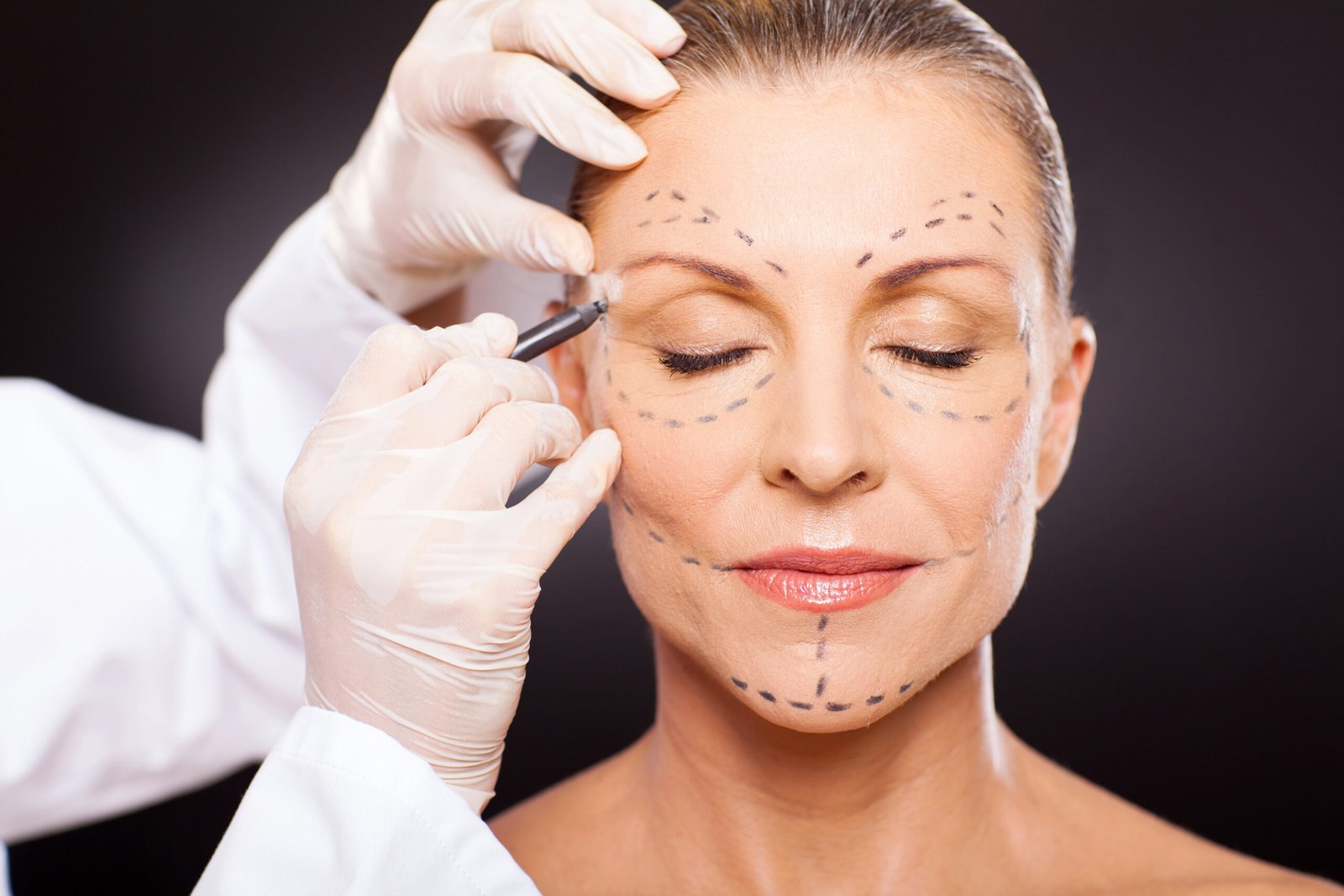
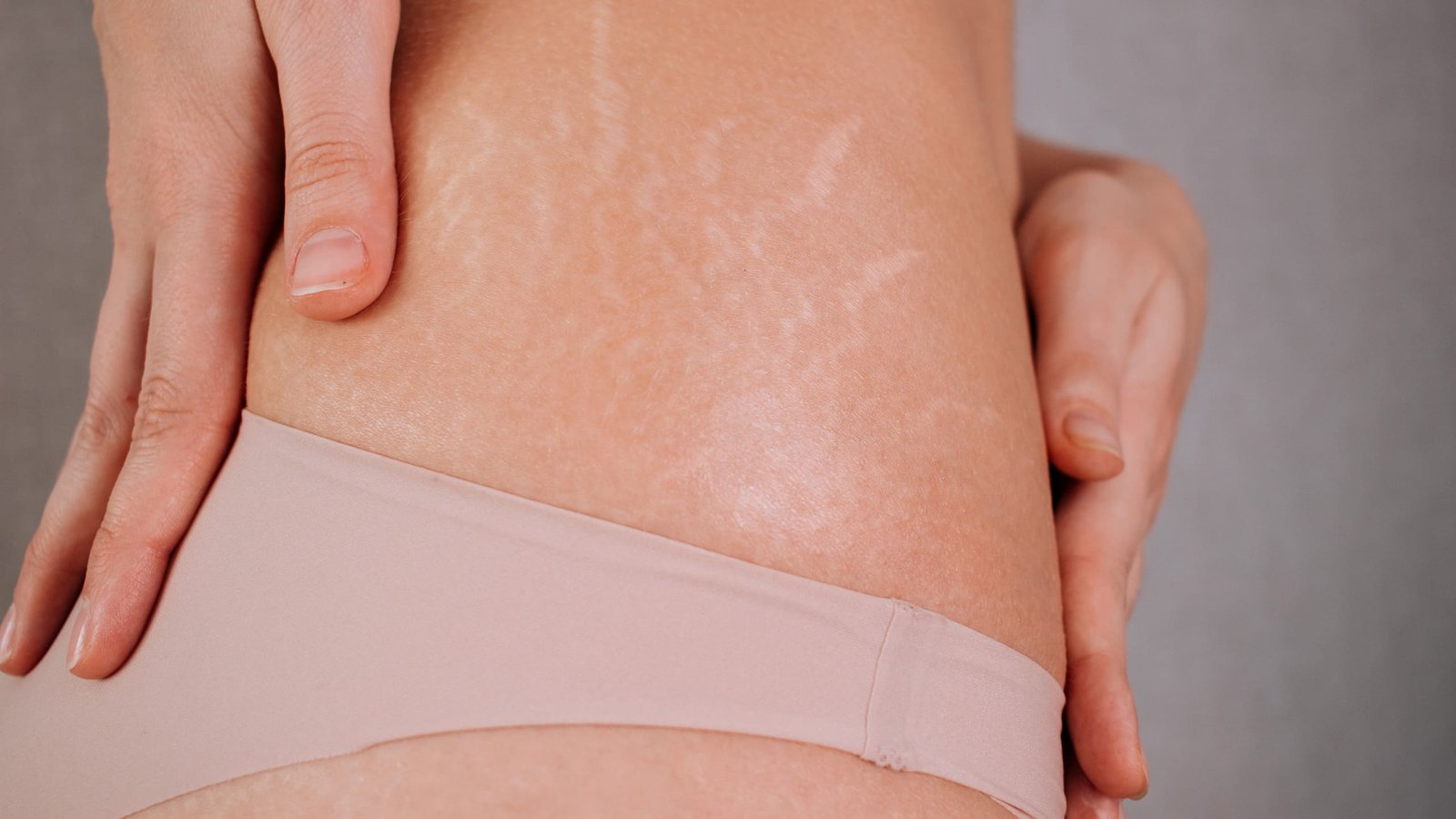
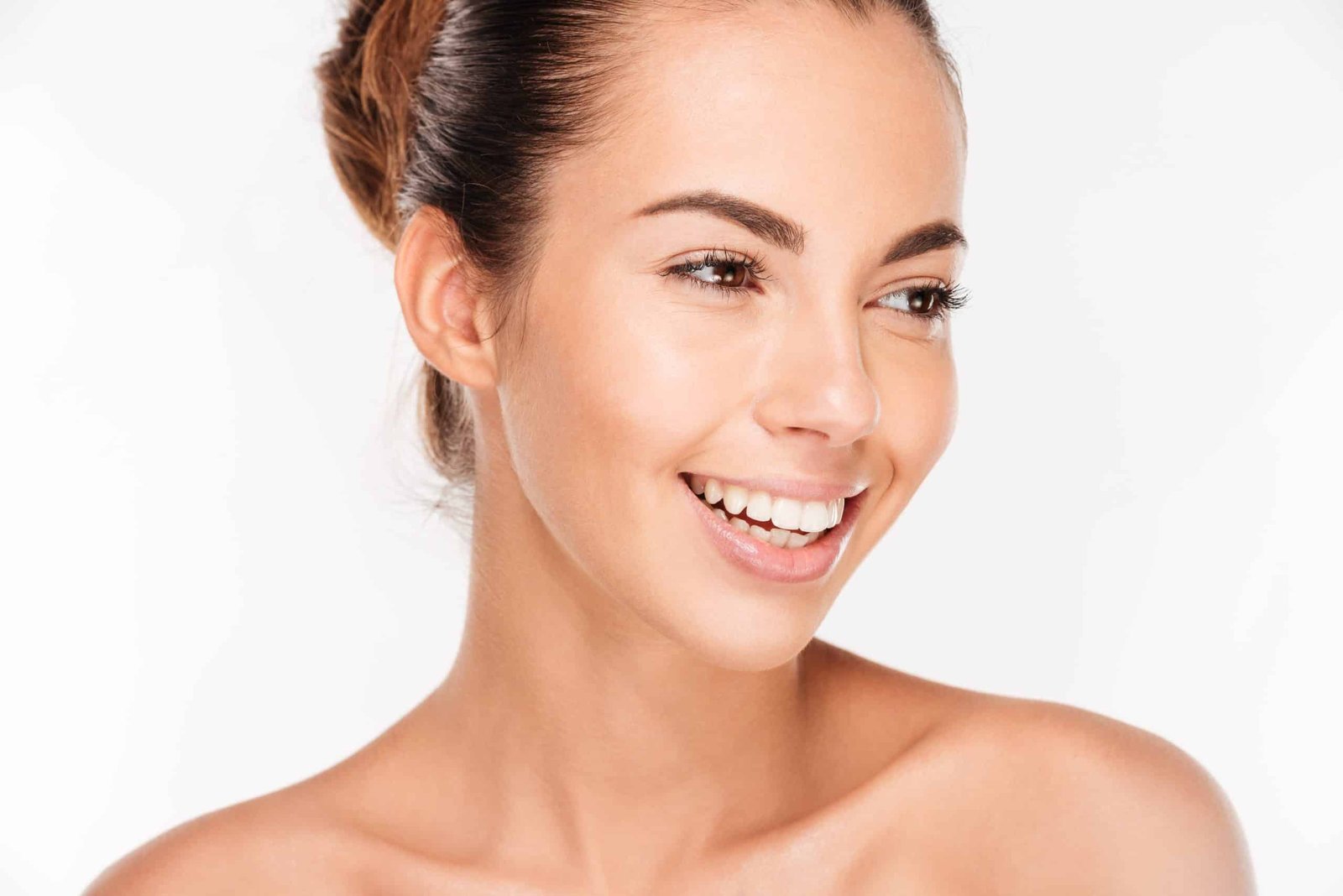
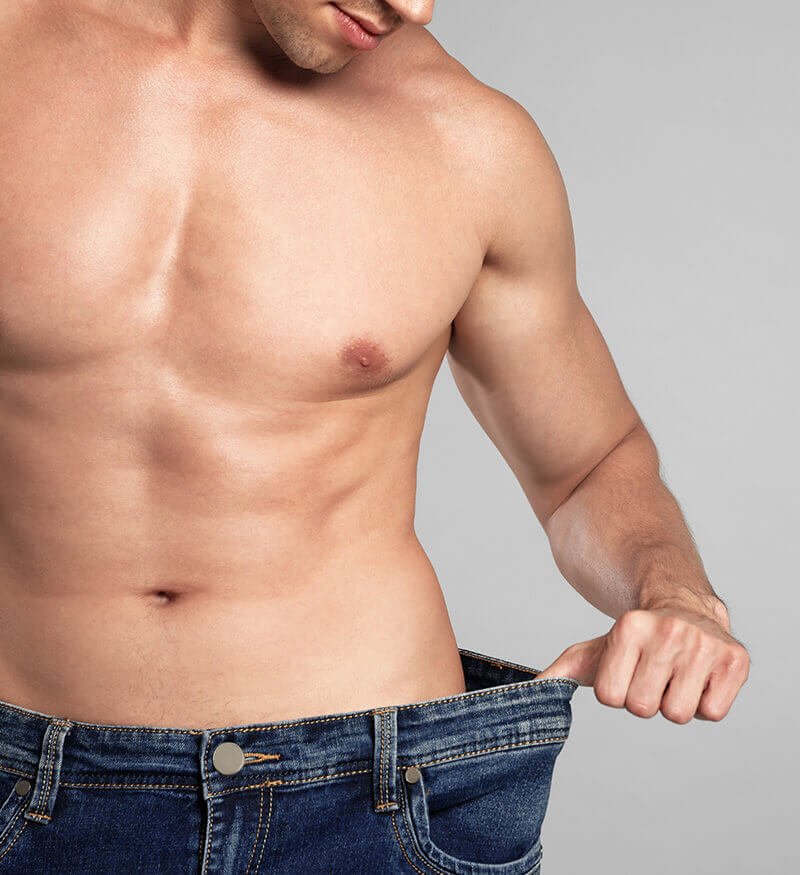
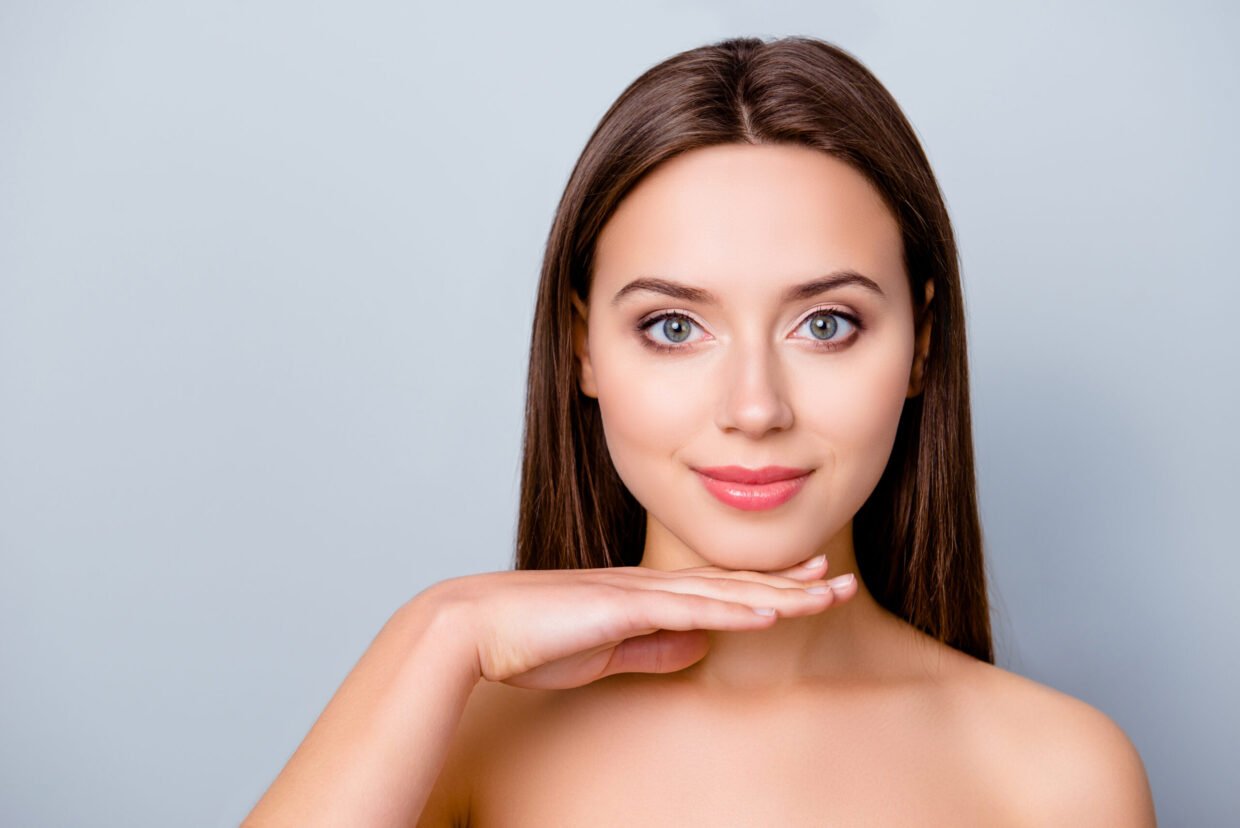

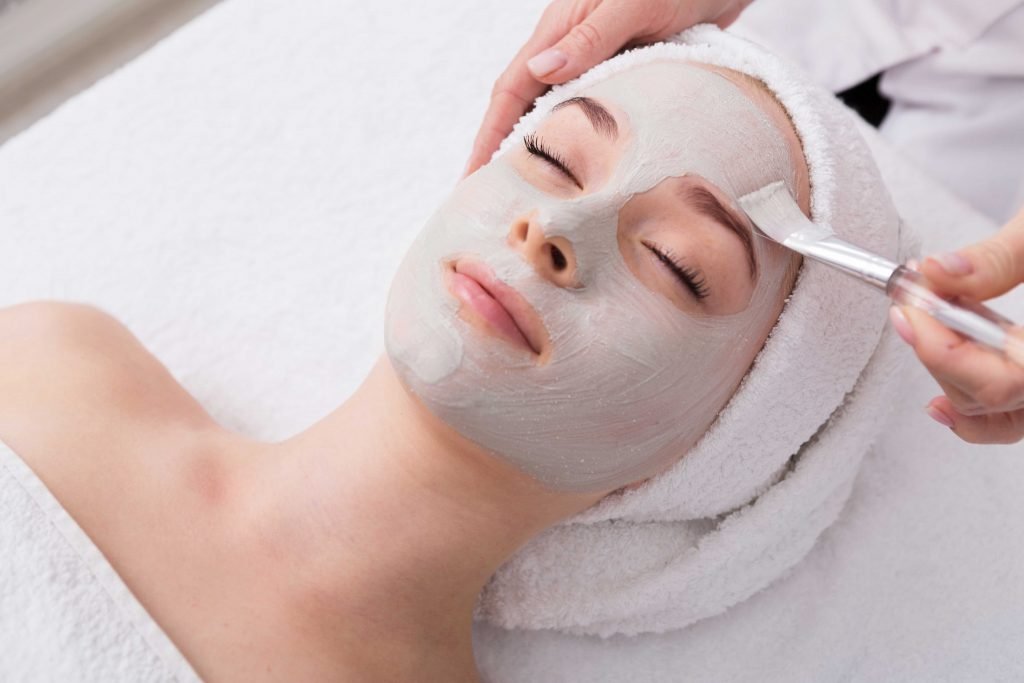

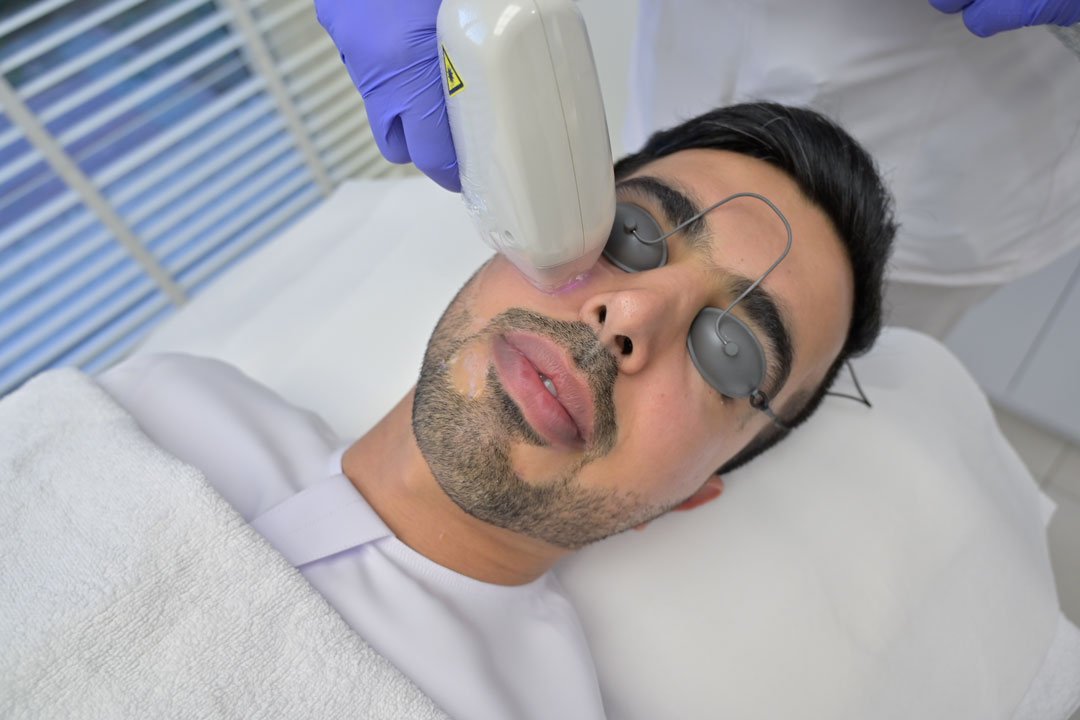


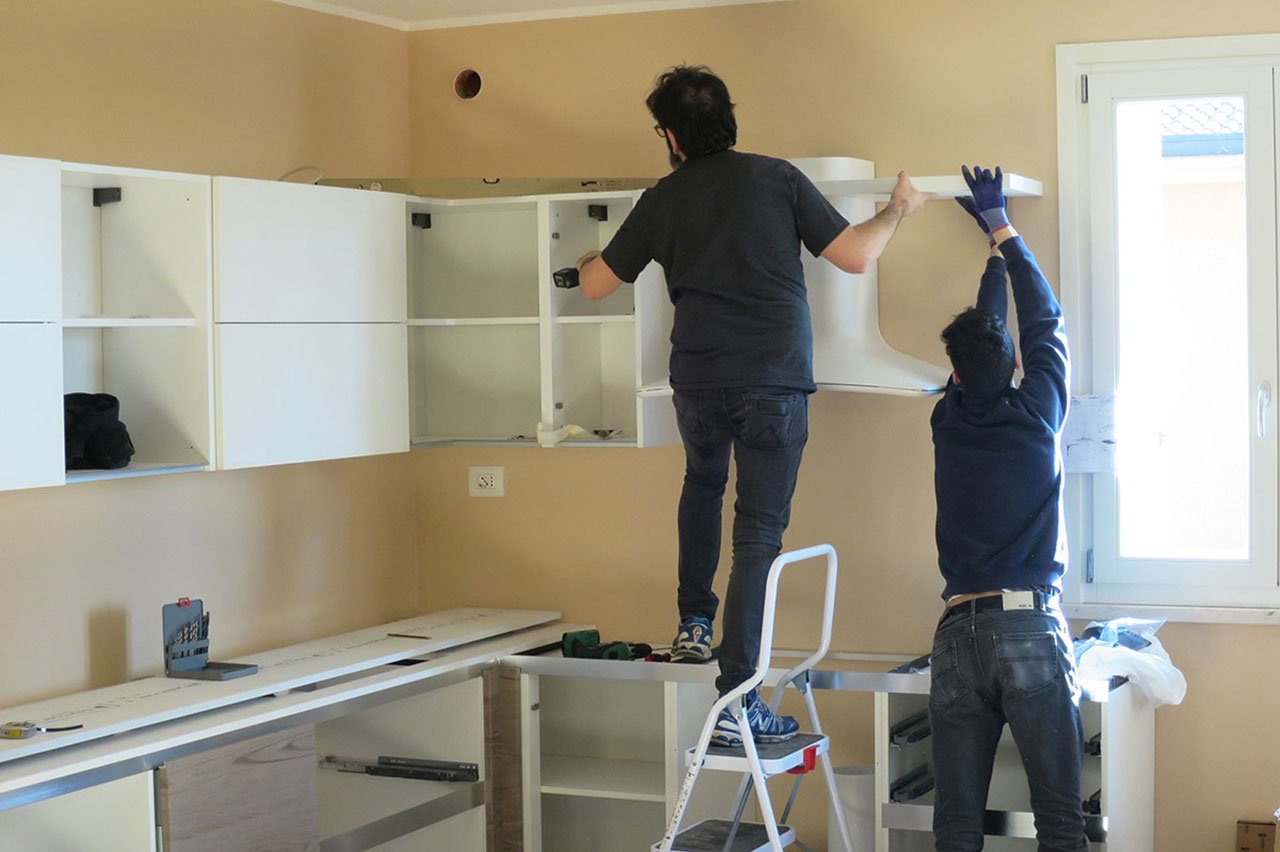


Leave a Reply